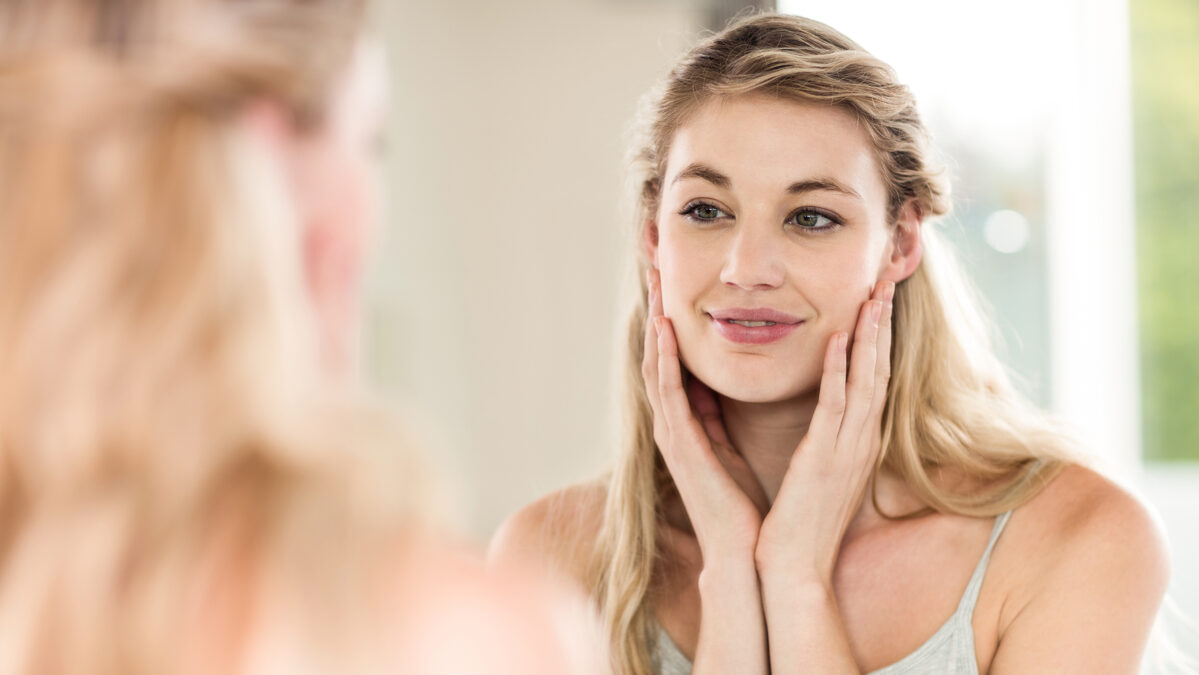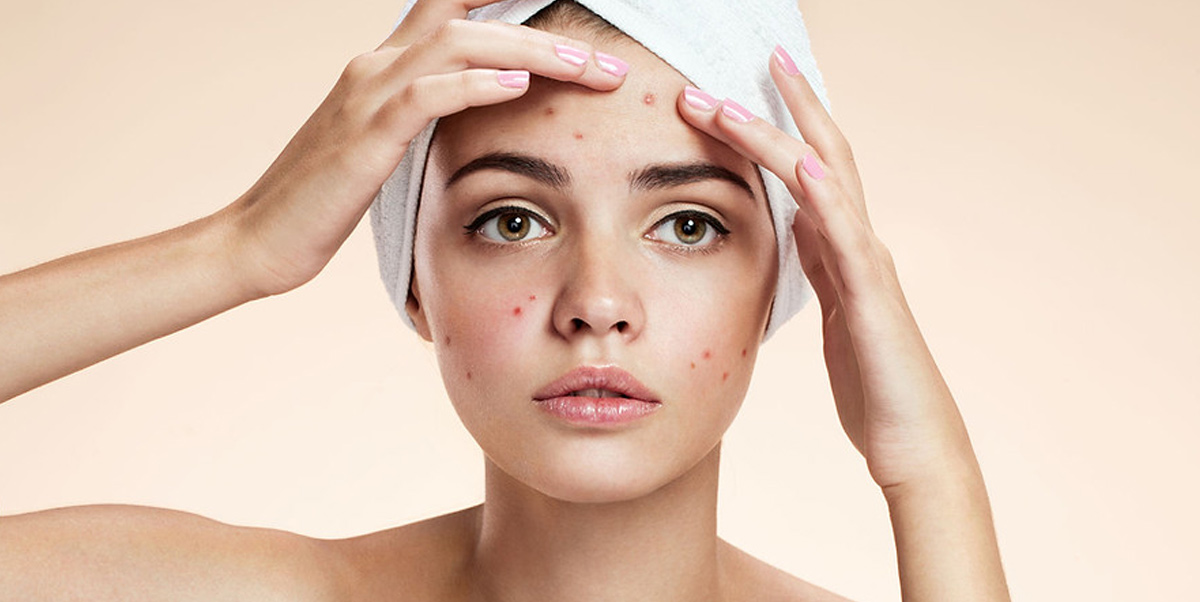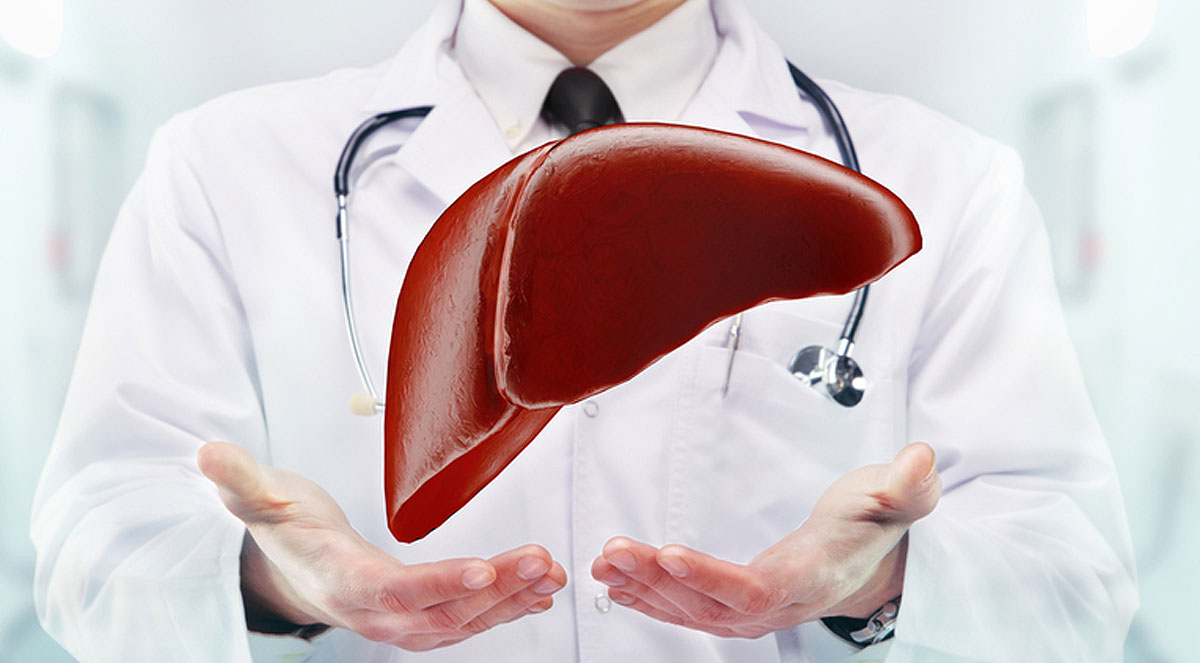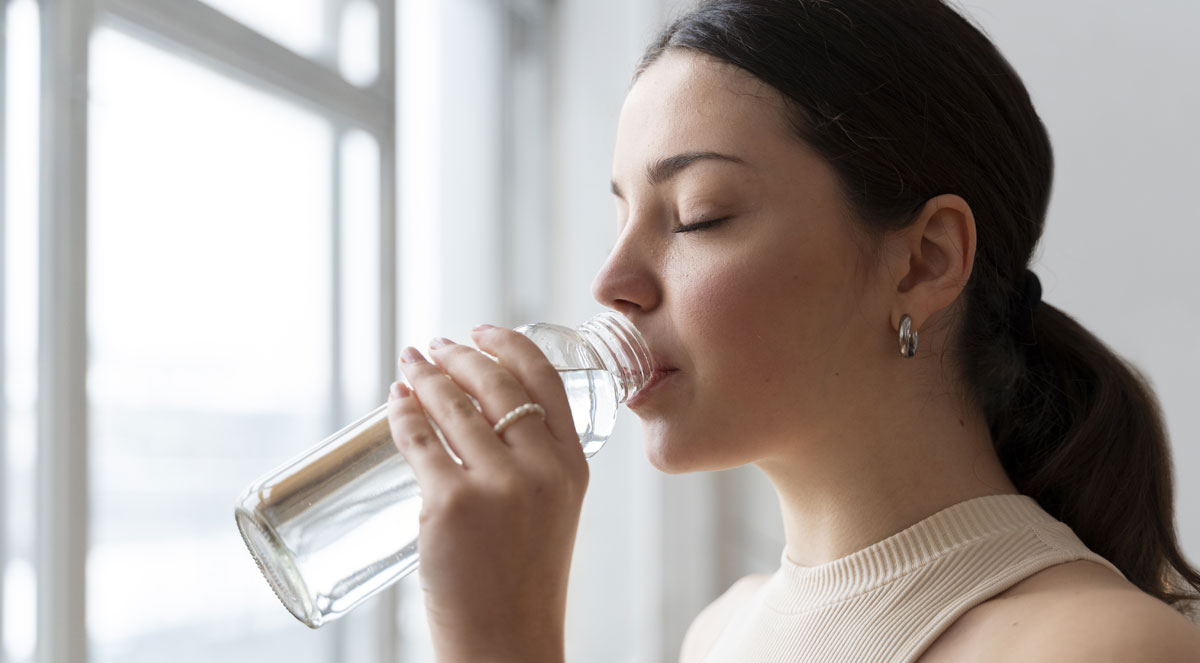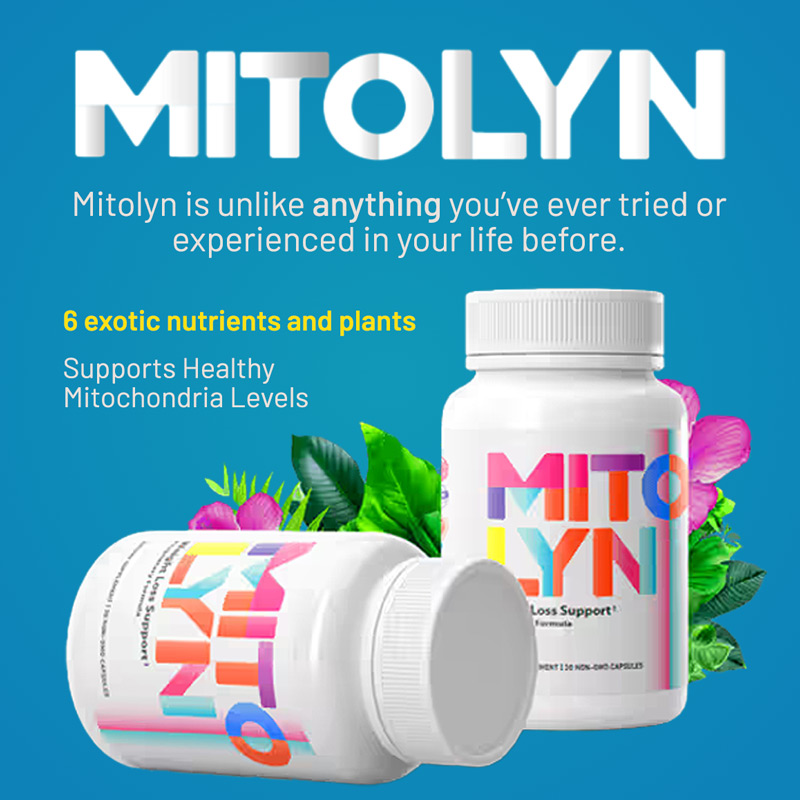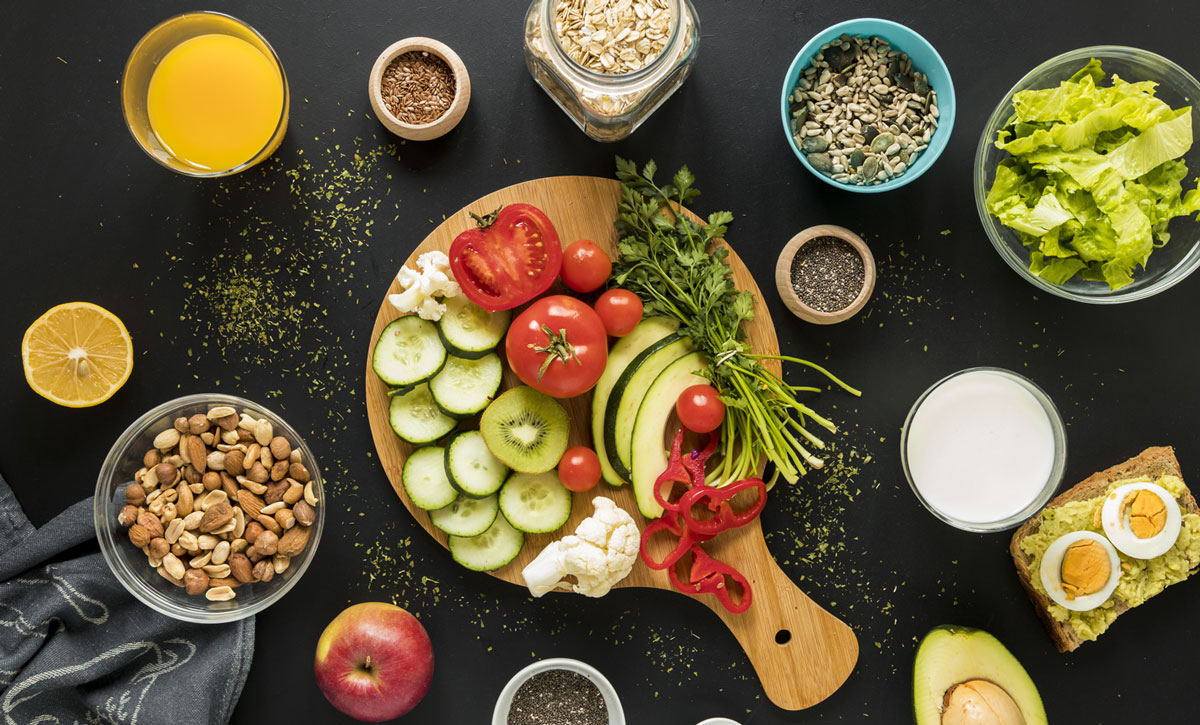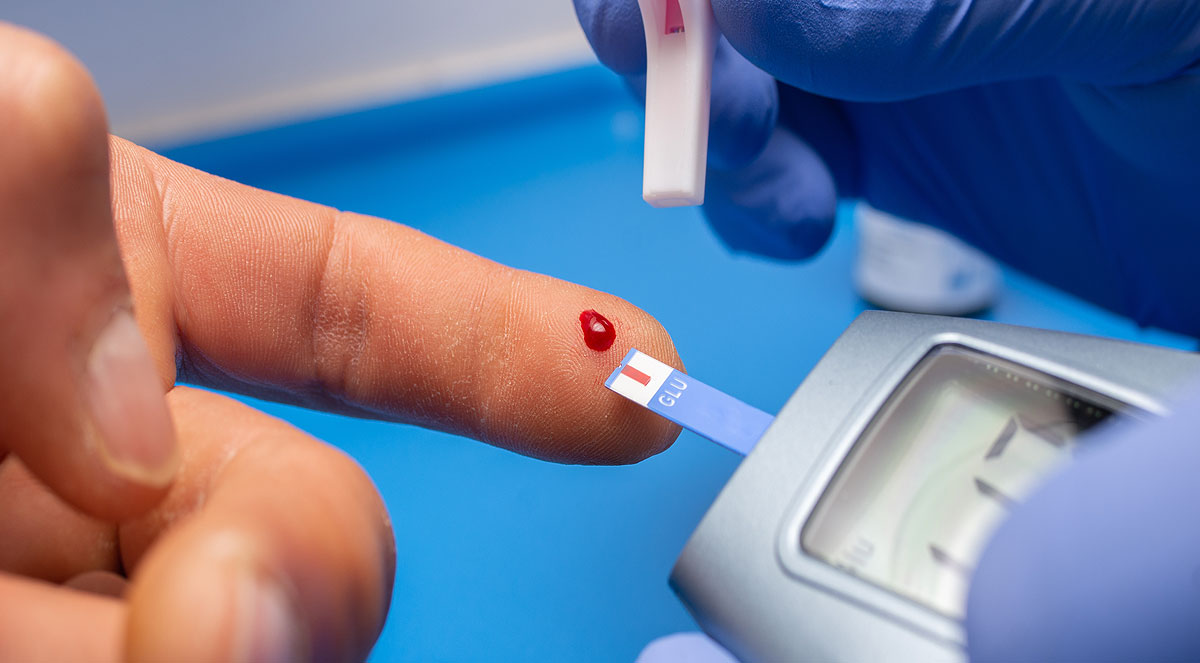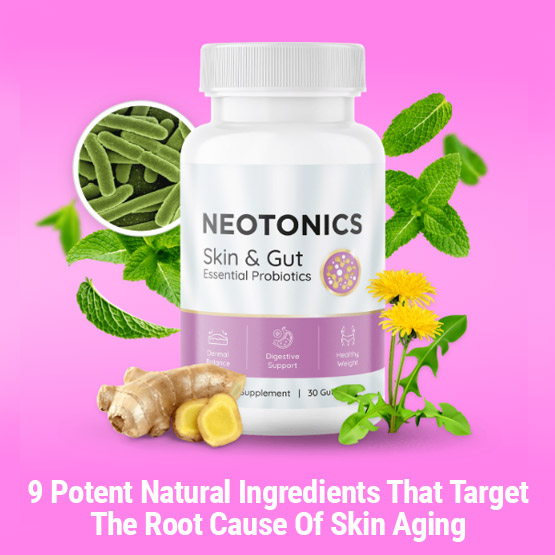Summer Survival: How to Avoid Heat Stroke and Protect Your Skin from the Sun
When the summer heat rolls in and the sun is blazing overhead, it’s tempting to spend every moment outdoors—whether you’re hitting the beach, working in the yard, or just enjoying some rays at the park. But with that sunshine and heat come a couple of serious health risks that too many people overlook: heat stroke and sun-damaged skin.
Both are preventable, but once they hit, they can do real harm. So let’s break down what heat stroke is, how to spot it before it’s too late, and how to protect your skin from long-term damage caused by too much sun.
Understanding Heat Stroke: More Than Just Feeling Hot
Heat stroke isn’t just feeling a little sweaty or tired on a hot day. It’s a medical emergency. When your body temperature climbs above 104°F (40°C) and your cooling mechanisms can’t keep up, things can go downhill fast. The body essentially loses its ability to regulate temperature. At that point, organs can start to fail, and if it’s not treated quickly, heat stroke can be life-threatening.
Common signs of heat stroke include confusion, dizziness, a racing pulse, nausea, hot and dry skin (even though you’re overheating, you might stop sweating), and even fainting. If you—or someone near you—starts experiencing any of these symptoms on a hot day, especially after being out in the sun or doing physical activity, it’s time to act fast. Move to a cooler place, apply cool compresses or use fans, and seek emergency medical help.

Now, while heat stroke might sound extreme, it doesn’t take hours in the desert to be at risk. Even short periods of intense heat, especially when combined with high humidity, can put you in the danger zone—especially if you’re not staying hydrated or wearing proper clothing.
Staying Cool and Smart in the Heat
Avoiding heat stroke is mostly about listening to your body and planning ahead. Hydration is a huge part of it—don’t wait until you’re thirsty. Sip water regularly throughout the day, especially if you’re active. Electrolyte drinks can also help if you’re sweating a lot.
Try to schedule outdoor activities early in the morning or later in the evening when the sun isn’t at full power. If you have to be out in the heat, take frequent breaks in the shade or indoors where there’s air conditioning.
Clothing matters more than you might think. Lightweight, breathable, and light-colored clothes are your best friends. A wide-brimmed hat isn’t just for style—it can go a long way toward keeping you cool and protecting your face from UV rays.
The Sun and Your Skin: A Long-Term Relationship
Heat stroke might grab your attention because it’s immediate and dangerous, but skin damage from the sun is the kind of slow burn that catches up with you over time. We’re talking about premature aging, sun spots, and the big one: skin cancer.
Ultraviolet (UV) radiation from the sun damages the DNA in your skin cells, which is what leads to sunburns. Over time, repeated exposure without protection can cause changes in your skin that increase the risk of melanoma and other skin cancers.
And here’s the kicker: you don’t need to get burned for damage to occur. Even a tan is a sign that your skin is under stress.
How to Keep Your Skin Safe
Sunscreen is non-negotiable. You want a broad-spectrum sunscreen that protects against both UVA and UVB rays, with an SPF of at least 30. Apply it generously 15–30 minutes before you go out and reapply every two hours—or more often if you’re swimming or sweating.
But sunscreen isn’t your only line of defense. Protective clothing, UV-blocking sunglasses, and staying in the shade when you can all help reduce your exposure. And don’t forget that UV rays can still reach you on cloudy days, or even through windows. Sun protection should be part of your daily routine, not just something you break out for beach trips.
Your skin also benefits from hydration and good nutrition. Foods rich in antioxidants—like berries, leafy greens, and tomatoes—can help your body fight off the oxidative stress caused by sun exposure.
A Healthy Summer Starts with Smart Choices
There’s nothing wrong with enjoying the sun—our bodies need it for vitamin D, and our spirits thrive in warm weather. But it’s all about balance. Protecting yourself from heat stroke and sun damage doesn’t mean hiding indoors all summer. It means being aware, prepared, and proactive. Drink water, wear sunscreen, choose shade, and listen to your body. You’ll be able to soak up the best parts of summer without risking your health. And your skin (and future self) will thank you for it.





